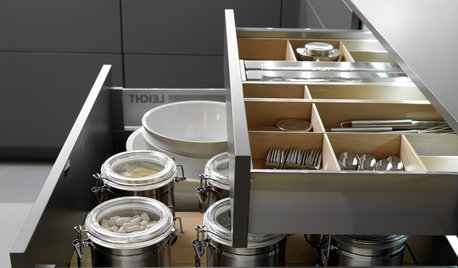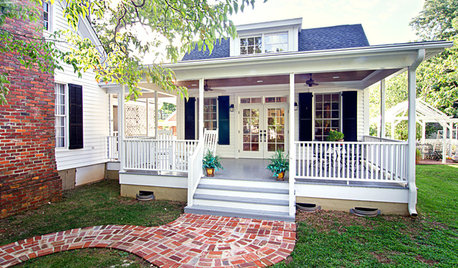help diagnosing problem with my rhodie
applekin
17 years ago
Related Stories

MOST POPULAR7 Ways to Design Your Kitchen to Help You Lose Weight
In his new book, Slim by Design, eating-behavior expert Brian Wansink shows us how to get our kitchens working better
Full Story
LIFE12 Effective Strategies to Help You Sleep
End the nightmare of tossing and turning at bedtime with these tips for letting go and drifting off
Full Story
HOUSEKEEPINGWhat's That Smell? What to Do About Stinky Furniture
Learn how to diagnose and treat pet and other furniture odors — and when to call in a pro
Full Story
DECORATING GUIDESFrom Queasy Colors to Killer Tables: Your Worst Decorating Mistakes
Houzzers spill the beans about buying blunders, painting problems and DIY disasters
Full Story
HOUSEKEEPINGWhat's That Sound? 9 Home Noises and How to Fix Them
Bumps and thumps might be driving you crazy, but they also might mean big trouble. We give you the lowdown and which pro to call for help
Full Story
DECORATING GUIDESHow to Work With a Professional Organizer
An organizing pro can help you get your house together. Here's how to choose the right one and gain your own clutter-clearing skills
Full Story
LIVING ROOMS8 Reasons to Nix Your Fireplace (Yes, for Real)
Dare you consider trading that 'coveted' design feature for something you'll actually use? This logic can help
Full Story
LIFE8 Ways to Make an Extra-Full Nest Work Happily
If multiple generations or extended family shares your home, these strategies can help you keep the peace
Full Story
GARDENING GUIDESHow to Keep Your Citrus Trees Well Fed and Healthy
Ripe for some citrus fertilizer know-how? This mini guide will help your lemon, orange and grapefruit trees flourish
Full Story
CHRISTMASReal vs. Fake: How to Choose the Right Christmas Tree
Pitting flexibility and ease against cost and the environment can leave anyone flummoxed. This Christmas tree breakdown can help
Full StorySponsored






jean001
Embothrium
Related Professionals
Lake Oswego Landscape Architects & Landscape Designers · Oatfield Landscape Architects & Landscape Designers · Bedford Heights Landscape Contractors · Brookline Landscape Contractors · Cordele Landscape Contractors · East Patchogue Landscape Contractors · Glendale Heights Landscape Contractors · Hawthorne Landscape Contractors · Lake Worth Landscape Contractors · Longview Landscape Contractors · Mastic Beach Landscape Contractors · Mendota Heights Landscape Contractors · Ridgewood Landscape Contractors · Seminole Landscape Contractors · Weslaco Landscape Contractorsgardengal48 (PNW Z8/9)
rhodyman
Embothrium
rhodyman
morz8 - Washington Coast
jean001
applekinOriginal Author
jean001
rhodyman
echalmers
rhodyman